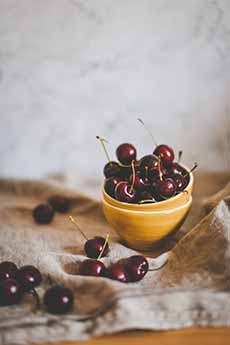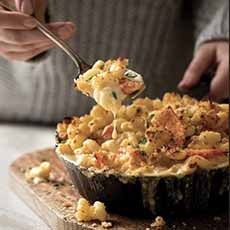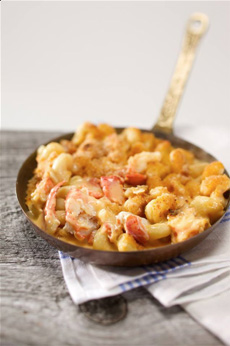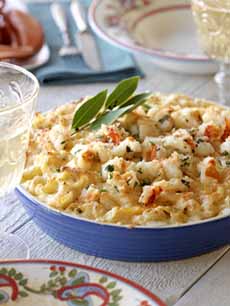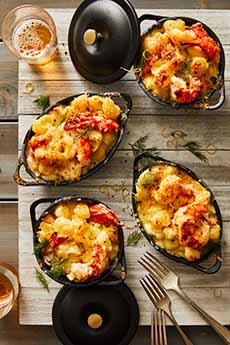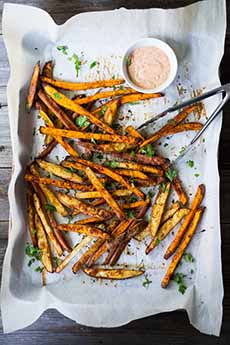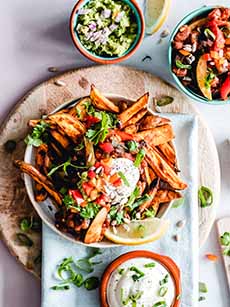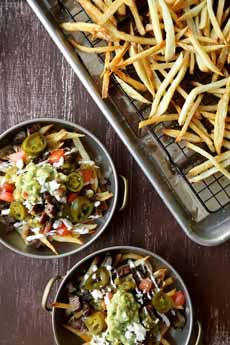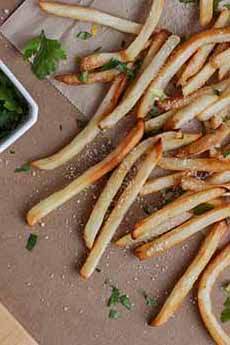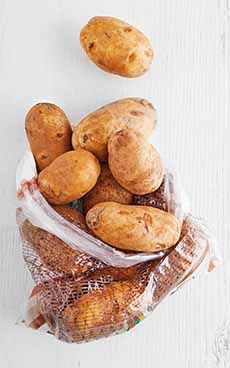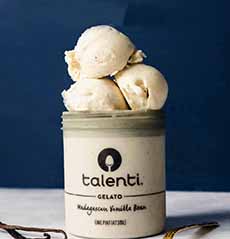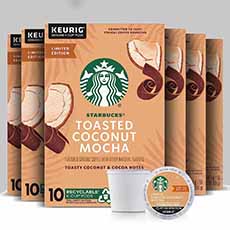It’s not surprising that in five years he developed a taste for French food, and was exposed to other European cuisines, such as pasta during travels to Italy.
While in France he had his slave James Hemmings trained in French cooking, and when they returned to the U.S., he is credited with serving French fries at Monticello.
However, these potatoes weren’t called French fries. That term did not appear in print until 1856 in England when the expression “french fried potatoes” first appears in “Cookery for Maids of All Work” by Mrs. Eliza Warren, a British author of books for the housewife.
(She writes: “French Fried Potatoes. Cut new potatoes in thin slices, put them in boiling fat, and a little salt; fry both sides of a light golden brown colour; drain.”)
But decades earlier, across the pond, Jefferson returned to America from France with a recipe for “pommes de terre frites à cru en petites tranches,” which essentially translates to “deep-fried potatoes in small cuttings.”
The recipe appears in his own handwriting. we know that an 1802 dinner in Jefferson’s White House (1801-1809) included “potatoes served in the French manner.”
Read this article on The Thomas Jefferson Foundation website to see what other now-American food mainstays he brought back.
This recipe for “pommes de terre frites à cru en petites tranches,” written in Jefferson’s own hand, referred to thin, shallow-fried slices of potato, not deep-fat fried as we know today’s French fries.
The term was used in the U.S. as early as 1899, although it is not clear whether the reference is to conventional round potato slices or to julienne/baton shapes. The source material is an item in Good Housekeeping magazine which references “Kitchen Economy in France”: “The perfection of French fries is due chiefly to the fact that plenty of fat is used” [source].
It is not clear where or when the now-familiar deep-fried julienne slices and batons (fingers)* first appeared. By the early 20th century, the term “French fried” was being used in the sense of “deep-fried” for foods like onion rings or chicken [source].
But no matter where that date lies that brought forth crispy fingers of fries, today now more than 4.5 billion pounds of French fries are consumed in America each year. That’s roughly 13.5 pounds per person.
About Those Untrue “Origin” Stories
You may have read that the name “French fries” was bestowed during World War I by the American Expeditionary Forces. Arriving in Belgium, they assumed that “frites” (fries), as they were called in French, were a French dish because French was spoken in the Belgian Army.
But the term did not take hold for for decades after the end of the war in 1918.
Another story is told by the Belgian journalist Jo Gérard, who claimed that a 1781 family manuscript recounts that potatoes were deep-fried prior to 1680 in Belgium’s Meuse Valley. He claims that frites were invented a substitute for frying fish when the rivers were frozen.
Gérard never produced a manuscript to support this claim, and furthermore, the potato did not arrive in the region until around 1735. In any case, says Belgian food historian Pierre Leclerc, given 18th-century economic conditions, “it is absolutely unthinkable that a peasant could have dedicated large quantities of fat for [deep-frying] potatoes. At most they were sautéed in a pan.”
Leclercq, who has traced the history of the french fry and asserts that “it is clear that fries are of French origin” (read the full story here).
He recounts that frites became an emblematic Parisian dish in the 19th century. Frédéric Krieger, a Bavarian musician, learned to cook frites at a roaster on rue Montmartre in Paris in 1842. He brought the recipe to Belgium in 1844, where he would create a business, Fritz, to sell “la pomme de terre frite à l’instar de Paris,” or Paris-style fried potatoes.
So was our modern style of fries born in Paris in the 1840s? Were Eliza Warren’s fries of 1856 these fries?
Among other questions, the French and Belgians have an ongoing dispute about where fries were invented. Let the battle continue, as long as we get our fries!
________________
*Julienne strips resemble small matchsticks, typically 1/16-1/18 inch wide and 1 to 2 inches long. To cut julienne strips, first cut the vegetable into 1/16 or 1/8-inch-thick slices, then stack the slices and cut them into 1/16 or 1/8-inch-wide strips that are of the desired length. Batons (sometimes called batonnets) are larger matchsticks, typically 1/4 x 1/4 x 2 to 2 1/2 inches long. Use the same method as with julienne strips.
†Member of the Virginia House of Burgesses 1769-1775; member of the Continental Congress, 1775-1776 and 1783-1784;
member of the Virginia House of Delegates, 1776-1779; governor of Virginia, 1779-1781; Minister to France, 1785-1789; secretary of state to George Washington 1790-1793; vice president of the United States, 1797-1801; president of the United States, 1801-1809.
CHECK OUT WHAT’S HAPPENING ON OUR HOME PAGE, THENIBBLE.COM.
|

